 Founders of Flipkart Binni Bansal and Sachin Bansal (not relatives, just namesakes)
Founders of Flipkart Binni Bansal and Sachin Bansal (not relatives, just namesakes)Flipkart's board of directors agreed to sell 73% of Walmart’s shares for $ 15 billion. This will help the American retailer with its international expansion. In conjunction with Walmart, Alphabet, known for its dislike for its main competitor, gives $ 3 billion to buy. Overall, the Indian website was estimated at $ 22 billion, much higher than the market price (last year - $ 12 billion). The transaction will be closed in the next few days. Walmart believes this to be a triumph over Amazon, which has been trying to gain control over Flipkart over the past few years. But the struggle for the most delicious market is just beginning.
In October 2007, Flipkart created two Indian programmers from Delhi, who had previously worked at Amazon.com. From investments they had $ 6,100. Repeating the path of Amazon, they started selling books online. Then they “rolled out” on their website sections for electronics, jewelry, clothing. And in just a few years they have grown into the most expensive startup outside of the United States and China.
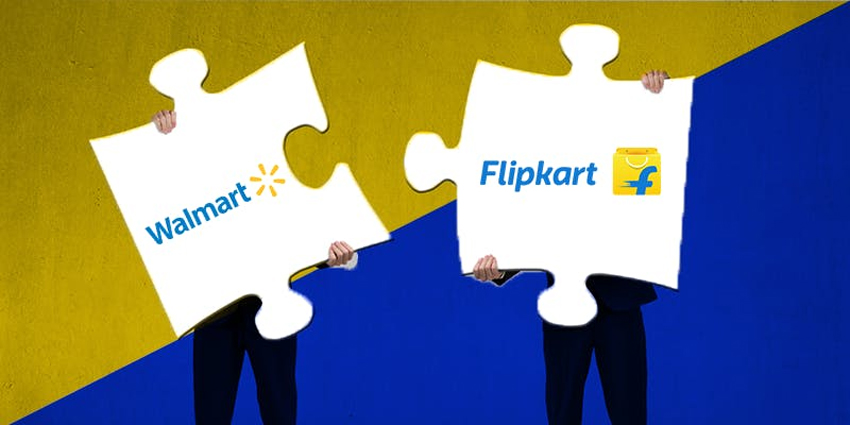
Amazon, which has been trying to conquer the Indian market for the past five years, offered any money for Flipkart. He could easily interrupt the sentence of Walmart and Google. But Flipkart executives decided that the Indian government would not approve the merger with Amazon. Now Amazon is the second online store in India, the main competitor of Flipkart, and the regulator could consider combining the two services as the beginning of market monopolization.
The deal will be the most expensive in the history of India (previously the record was for Tata Steel, which bought another metallurgical company for $ 12.2 billion) and the most expensive in the history of retail (the same Amazon acquired Zappos for $ 1.2 billion). In 2017, the biggest purchase belonged to Flipkart itself. Then he bought the Indian branch of eBay for $ 500 million.
Upon completion of the transaction, Walmart will de facto become the main online store in an emerging market with 1.3 billion buyers, and will get another chance to show that it is worth something online. So far, the American supermarket chain has been investing insane money in reorganizing its business, introducing new technologies, creating a super website (which was just rolled out in early May). But still hopelessly lagging behind on online orders in the US from its main competitor. Now she will have at least one online marketplace, where she starts from a leadership position. Moreover, both Walmart and Amazon expect that in five to ten years, with the growth of the middle class, sales in India can surpass sales in the US, and India will become the most profitable market for them.
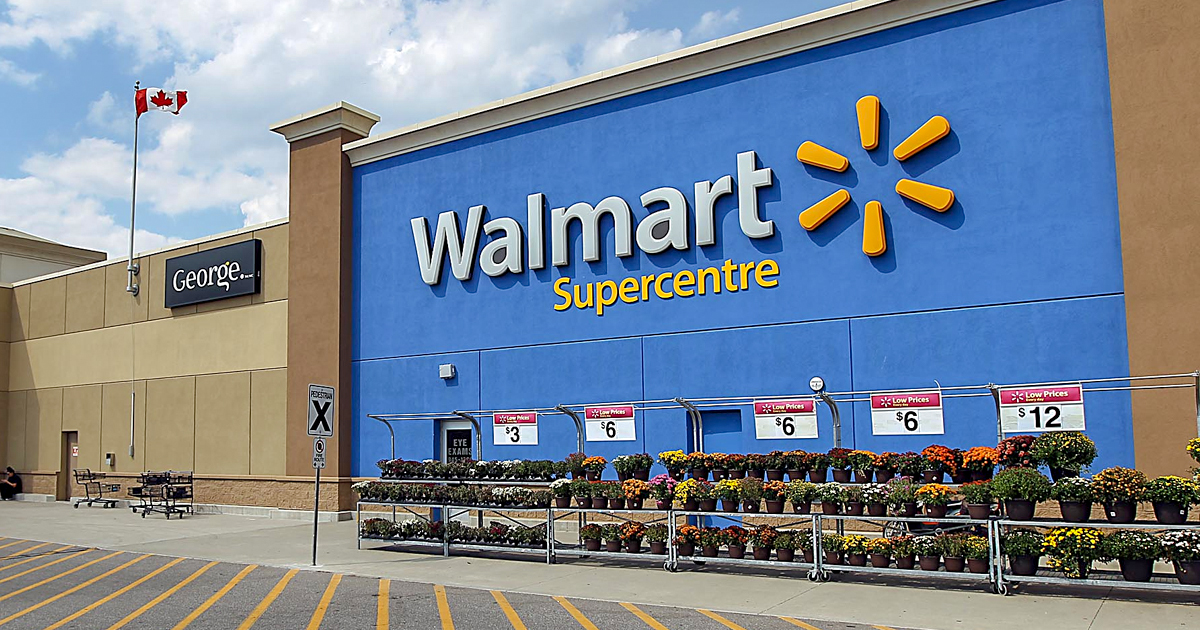
Arvind Shingal, head of a retail agency from New Delhi, says:
Flipkart is the key that opens the gateway to the global e-commerce market. Walmart can not give such an important figure, like India, they understand that then they will forever be left behind in this race.
Amazon is already trying to aggressively expand in India. In the past two years, Jeff Bezos allocated $ 5.5 billion for this. He is catching up with Flipkart, but, according to Bezos, not fast enough. With Walmart deep pockets behind an Indian rival, gaining a market for Amazon can be much more difficult than expected. And Walmart meanwhile declares that it is going to begin to open its own supermarkets in India.
Amazon wants India
Jeff Bezos's strategy is to make his company dominant wherever possible. From a simple store selling books, Amazon has grown to the second most expensive company on the planet, developing its own robots, gadgets, cloud services, supermarkets of the new generation , artificial intelligence with a voice interface and a lot of everything else. But development opportunities within the US are almost exhausted: Amazon already accounts for more than half of all online purchases. Walmart, eBay, BestBuy and the rest in the home market almost do not make up competition (just look at the sales statistics of 2017), and the only chance for the company to grow even more is to enter the markets of new countries.
Amazon has already tried this case with China, and lost. Jack Ma and his Alibaba Group firmly hold the domestic market and are not going to be sold. And that means, in theory, having a user base of 1.4 billion, Alibaba or JD.com may one day become bigger than Amazon. In order to prevent investors from even thinking about such a development, Amazon must definitely conquer India.
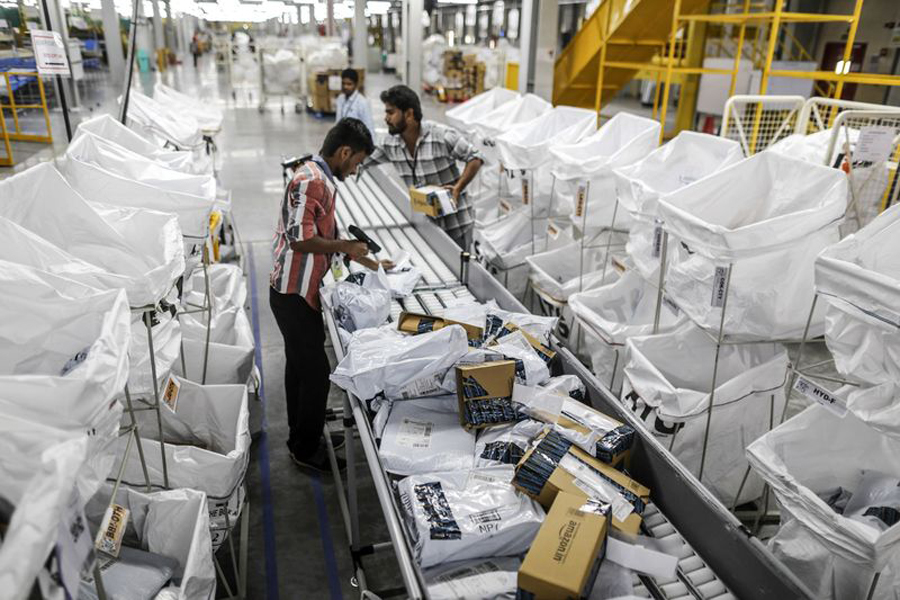 Amazon Warehouse in India
Amazon Warehouse in IndiaIn addition to $ 5.5 billion for the development of its own infrastructure, the company also now provides loans to Indians without a bank account. She created a special simple mobile application suitable for the cheapest phones and released her own browser for India called Internet . The range of Indian Amazon is also adapted to the country. It sells tens of thousands of unusual products, from curry chickens to traditional herbs that Indians believe can solve digestive problems.
But for the time being, the billions in investment do not justify themselves After five years of doing business in the US, Amazon, almost without money, became one of the most popular websites, and Jeff Bezos was called "the man of the year" and put on the cover of Time. After five years in India, the company remains far behind Flipkart, which somehow found its way to the heart of Indians.
Experts say the reason is that India is not nearly as homogeneous as America. This is not one nation, but rather a mass of different Indians, with their own cultures, traditions and even languages. If in cities, Amazon has still achieved some success, then in townships and remote areas where 65% of the country lives, people are just starting to get acquainted with smartphones, and they have not heard much about Amazon. The head of the Amazon Amazon since its inception, Amit Agarwal, explains it this way:
In the West, buyers quickly switched to online purchases from orders through magazines. People have long been accustomed to sending packages to them by mail, and no one will deceive them. In India, this is slightly wrong. There is nothing here, even the infrastructure for sending goods. We have to build everything from scratch, change the mentality of users. More than half of the investment went into the construction of warehouses, the creation of delivery stations, training in the process of packing ... This is a completely different market.
Last year, due to India, Amazon got its biggest loss in foreign markets - minus $ 3 billion. Agarwal, who came here in 2013 after 15 years in the American Amazon, is still trying to prove to rural people that they can buy online and it will be cheaper. They hang billboards, they arrange sessions for sellers and buyers. Now, as he says, the situation is beginning to change. The company has accumulated 150 million registered users who can order 160 million items from 300,000 sellers.
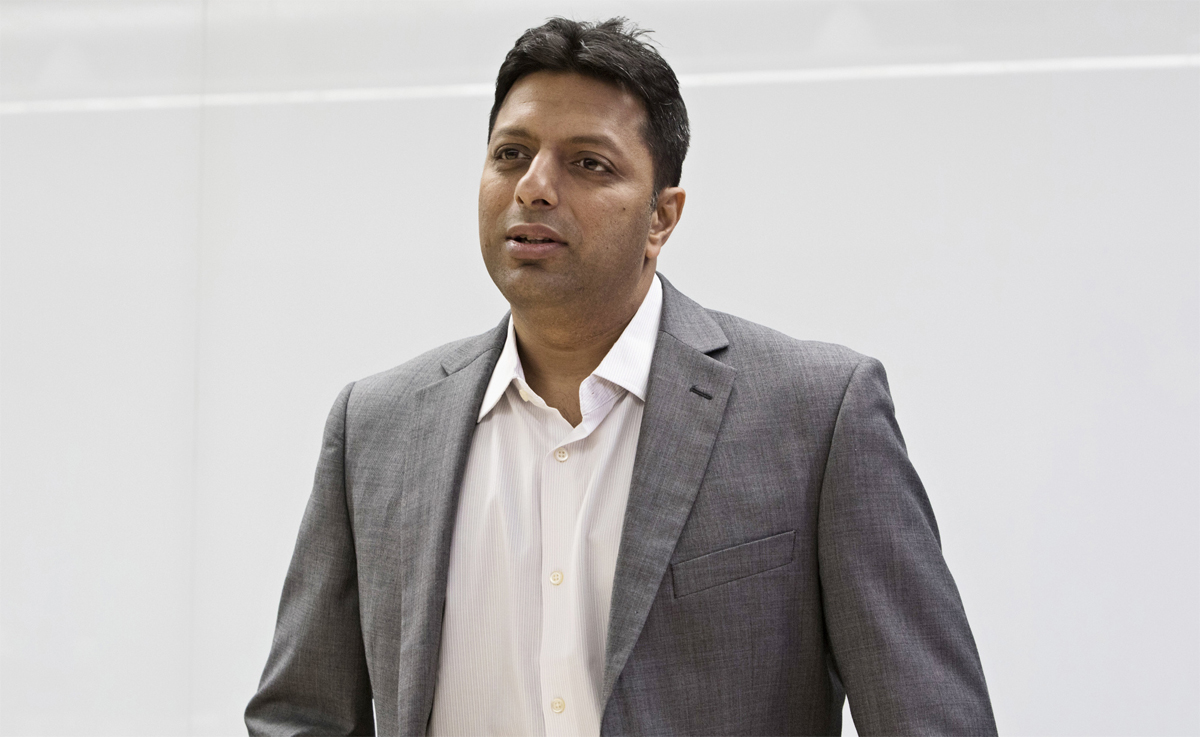 Amit Agarwal
Amit AgarwalIn a country without a global postal service a la UPS , Amazon built its own delivery network - with a whole army of couriers on motorcycles and scooters. She now has 40 large packaging centers, mainly in rural areas, and the I Have Space program, which has 17,500 stores in 225 cities registered as mini-warehouses. The same partners for a small commission "in a neighborly way" explain to ordinary buyers how the site works, and help to compare products and prices.
Half of the Indian Amazon team is working on adapting American technology to local market conditions. Reducing the weight of applications, the calculation of weaker gadgets and intermittent communication lines. Programmers have found a way to show movies and TV shows via Prime Video at much lower speeds with minimal loss in quality. Voice assistant Alex taught to speak a dozen local dialects. We launched a program to exchange old gadgets and kitchen appliances with new ones. They began to accept cash and give loans to buyers and sellers (to those recommended by a special machine learning algorithm). And despite all this, to the surprise of many, Flipkart, created by a pair of Indians in 2007, remains more popular.
Agarwal says:
There are strong competitors here, which is good. This shows the potential of the market. We expect online purchases in India to grow to $ 60 billion over the next two years. And up to $ 85 billion by 2022. This is just the beginning, the market potential is worth $ 600 billion, so much is being sold offline here. We are here for the next 100 years, you can assume that we have just arrived.
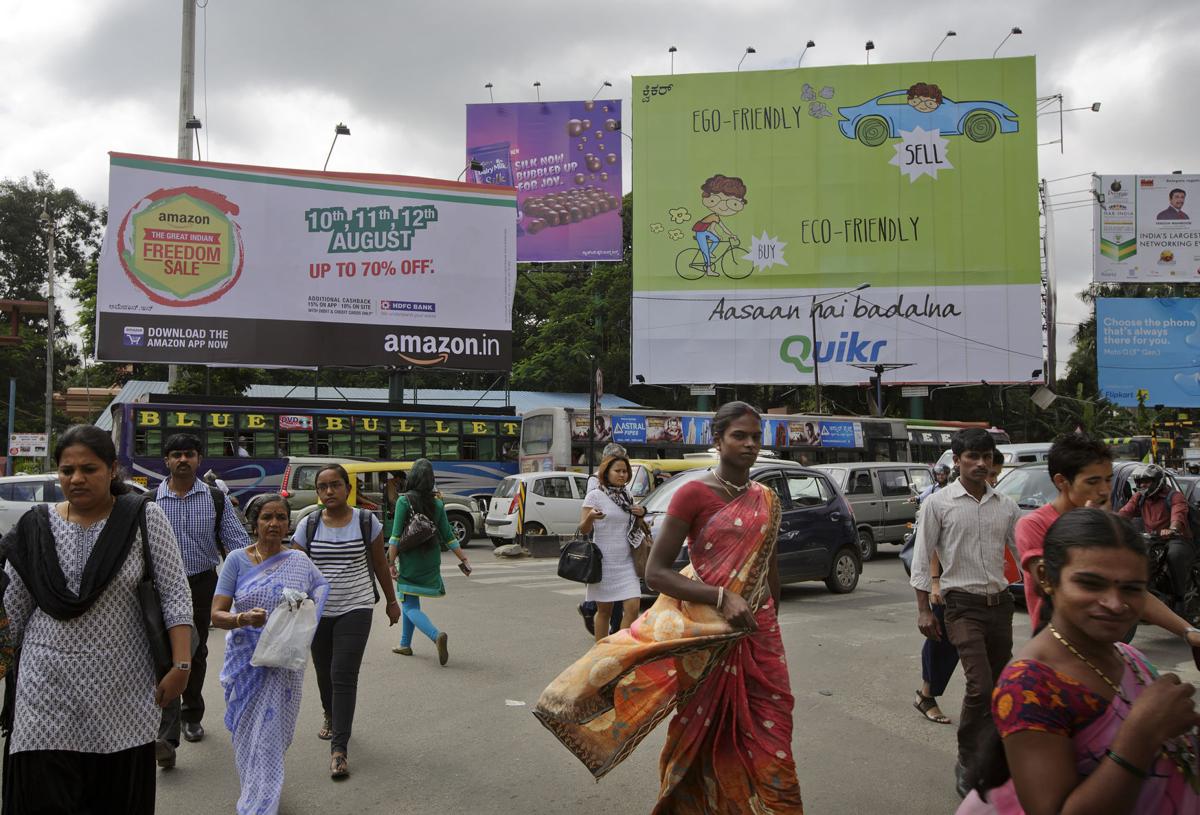 Amazon buildboard with sales story
Amazon buildboard with sales storyPS Buy from Walmart and Amazon can be from Russia. Prices are lower, the choice of products is much wider. And Pochtoy.com will deliver all your purchases to you. Priced from $ 8.99 per pound. All readers who have registered and entered the code Geektimes, get $ 7 to the account.